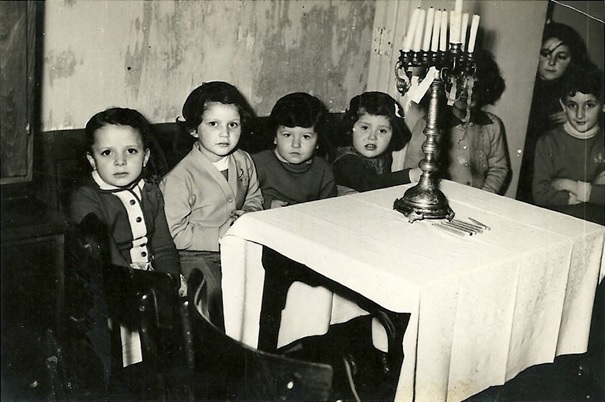
Piloting the ESSR: Dealing with the Past – The Case of Bosnia and Herzegovina (part 1)
October 25, 2019After the Sarajevo Haggadah Association became a partner on the ESSR project team, many ideas emerged for topics that could be addressed. In Bosnia and Herzegovina, the issue of minorities and the position of minorities throughout history has not been sufficiently addressed. Textbooks do not address the issue of religion in the state socialist period, or the question the relationship between religion and the state in history. Therefore, for the domestic piloting stage, the Haggadah Association chose the theme of the relationship between the state and public authorities towards Jews and religion in two time periods – World War II and the communist period.
Only in Bosnia, uniquely in Europe, all three monotheistic religions, namely Judaism, Islam, and Christianity in Catholic, Orthodox and Protestant forms could be seen within one square kilometer. Bosnian-Herzegovinian Jews form an integral part of Bosnian-Herzegovinian society through history. We wanted to remind people that the history of Jews in these areas and that their contribution to Bosnian society is huge.
The Lesson – What Preceded the State Socialism
Teachers discussed the position of Jews within the framework of Bosnia-Herzegovina’s state-legal development with students. The first part referenced the time of World War II, from 1941 to 1945, emphasizing the circumstances in which the Jews found themselves after the outbreak of war. The destruction of the material property of the Jews in Bosnia and Herzegovina began as early as the 1941 invasion of Yugoslavia by the Axis powers (the so-called April War), and with the entry of Bosnia into the Independent State of Croatia, these unorganized forms of wartime robbery were organized into a systematic form within the framework of the formation of the new state. These forms of direct theft aimed at the “free” seizure of all types of material goods; with the establishment of the Independent State of Croatia, they acquired legal, institutional forms, but the essence remained the same, and it can only be marked as the simplest, common robbery. Anti-Semitic propaganda, statutory decrees, individual fates, seizures of property, deportation and suffering that only a few people survived were to be the center of attention in the classes.
The years of the Nazi occupation of Yugoslavia were full of horror and suffering for the Jewish community, but they also provided records of their determination to oppose Nazism in the struggle for self-preservation. In particular, we aimed to point out how the Jewish communities’ work during the years of occupation, despite peacetime action dominated by cultural, religious, and educational work, turned into a struggle for basic survival, providing care and acceptance of refugees, help to detainees in camps and working to save the lives of thousands of men, women, and children. Taking into consideration the reality and possible course of events, people in those difficult times did a tremendous job, using every possible chance to help the disadvantaged and humiliated Jewish population.
